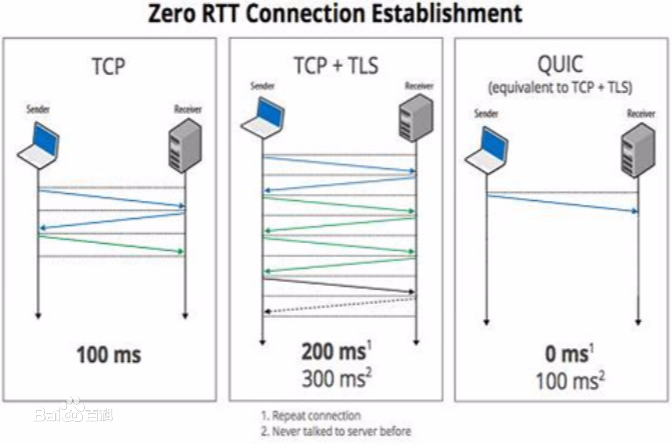The third version of the Hypertext Transfer Protocol (HTTP) is currently in its final standardization phase by the IETF. Besides better security and increased flexibility, it promises benefits in terms of performance. HTTP/3 adopts a more efficient header compression schema and replaces TCP with QUIC, a transport protocol carried over UDP, originally proposed by Google and currently under standardization too. Although HTTP/3 early implementations already exist and some websites announce its support, it has been subject to few studies. In this work, we provide a first measurement study on HTTP/3. We testify how, during 2020, it has been adopted by some of the leading Internet companies such as Google, Facebook and Cloudflare. We run a large-scale measurement campaign toward thousands of websites adopting HTTP/3, aiming at understanding to what extent it achieves better performance than HTTP/2. We find that adopting websites often host most web page objects on third-party servers, which support only HTTP/2 or even HTTP/1.1. Our experiments show that HTTP/3 provides sizable benefits only in scenarios with high latency or very poor bandwidth. Despite the adoption of QUIC, we do not find benefits in case of high packet loss, but we observe large diversity across website providers' infrastructures.
翻译:超文本传输协议(HTTP)第三版目前已进入IETTF的最后阶段,超文本传输协议(HTTP)目前正处于最后的标准化阶段。除了改善安全和增加灵活性之外,HTTP/3还有望在业绩方面带来好处。HTTP/3采用一个效率更高的头板压缩计划,并以QUIC取代TCP。QUIC是最初由谷歌提出,目前也处于标准化状态。虽然HTTP/3的早期实施已经存在,一些网站也宣布了它的支持,但它却受到很少的研究。在这项工作中,我们提供了关于HTTP/3的首次测量研究。我们证明,在2020年期间,它是如何被Google、Facebook和Cloudflare等一些主要的互联网公司采纳的。我们为采用HTTP/3的数千个网站开展了大规模的测量运动,目的是了解它比HTTP/2更好的业绩。我们发现,在第三方服务器上,大多数网页上的物体通常由HTTP/3作为主机主,只支持HTTP/2或甚至HTTP/1.1。我们的实验表明,HTP/3只提供高密度或非常差的收益。尽管我们观察了高的软件在互联网上发现,但是我们找到了高额损失。



